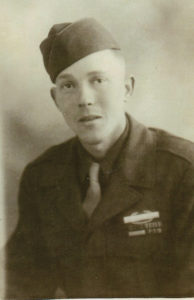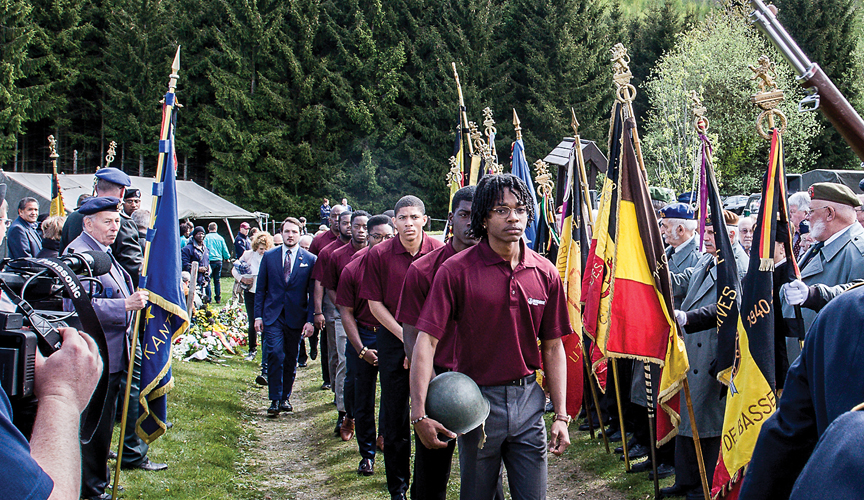From Steve Landry, BOBA Board Member
Dear BOBA Membership,
My name is Steven Landry and I’ve been nominated for the position of President of your Association by the Nominating Committee in accordance with our bylaws. At present, I am the only nominated candidate but that does not exclude additional nominations from the membership prior to the election of officers in the Fall of 2023.
As an organization, we are entering a period of transition occasioned by two related factors. First, the age and health of our surviving WW2 veteran members, and second, the drawdown of the nest egg created by the sale of Lifetime memberships during the early years of the organization. This situation was anticipated by the Strategic Planning Committee (which I chaired) but for a variety of reasons the committee’s recommendations were never functionally implemented. We are now approaching a point of crisis, and I believe the membership should know where I, as your prospective President, stand. As my good friend Gary Higgins is fond of saying, it’s YOUR organization.
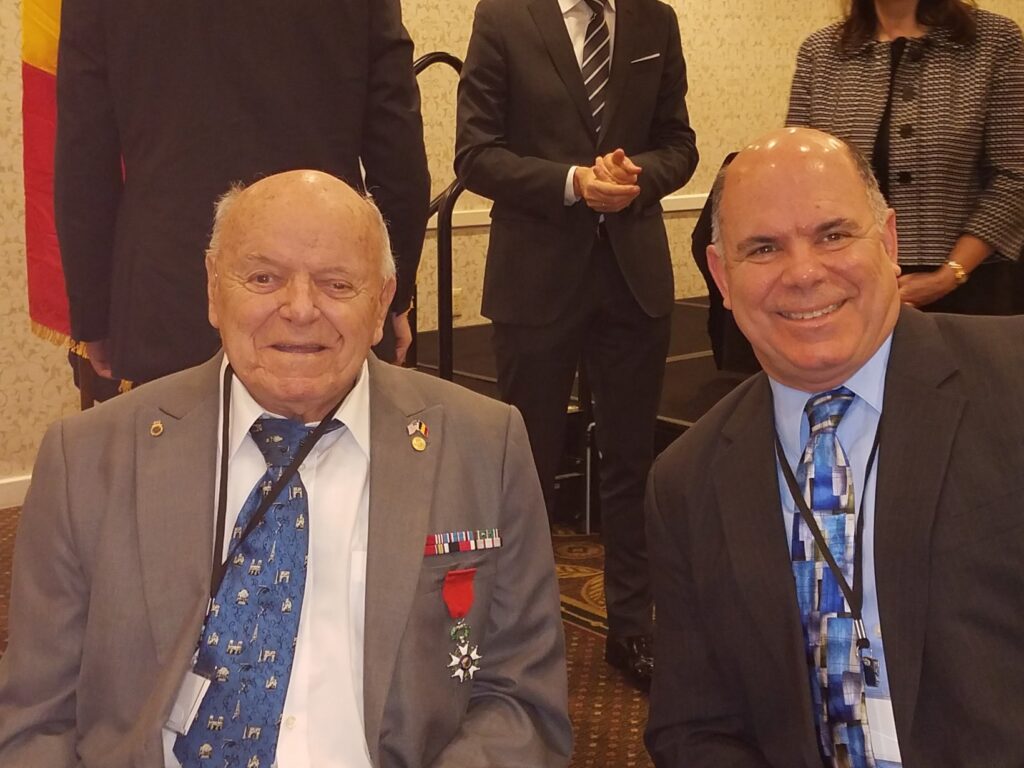
First, a little bit about me. My father, Joe Landry served in the Battle of the Bulge. He was assigned to the 776th Automatic Weapons Anti-Aircraft Artillery Battalion. If you don’t know me, you probably know him. I’ve been married to Diane (Bedard) Landry, the daughter of a Navy WW2 veteran, for 47 years and we have one adult daughter, Allison.
I’ve been a member of BOBA since about 2015 and have been on the Board since 2020. I am a retired Army officer with ~21 years of service. I hold a Doctorate in Chemical Engineering and an MBA, and have graduated from the Army Command and General Staff Course and the Program Manager’s Course at the Defense Systems Management College. Since retiring from the Army in 1997, I’ve worked in private industry supporting programs for the Departments of Defense, Health and Human Services, and Homeland Security. I plan to fully retire in November, 2023. I’ve published two alternative history novels and one science-fiction anthology, with three more in various stages of development.
Now to the future of the organization. On November 7, 2020 the general membership approved the following Mission Statement: “To perpetuate the memory of the sacrifices made by those who participated during the Battle of the Bulge, to preserve historical data and sites relating to the battle, to promote friendship among Battle of the Bulge veterans, their relatives and others interested in the battle, to foster and maintain international relations and good will with all Allied countries who were a part of the battle, and to support Chapters of The Battle of the Bulge Association.”
Further, in January, 2021, the Board approved the following Vision Statement: “The Battle of the Bulge Association® will evolve from a Veteran Member-centric organization primarily focused on promoting fellowship among and honoring the Veteran Members to an enduring, financially-sound organization focused on honoring the history of the Battle of the Bulge and the memory of those who fought in the Battle, while promoting fellowship among the descendants of the Veteran Members and others interested in the Battle.”
I am fully committed to the Mission and the Vision, notwithstanding the implementation problems we’ve experienced over the last thirty months. Unfortunately, our financial situation has further deteriorated during that span. As of June 30, 2023, our reserves are down to about $63K when unspent Reunion expenses are figured into the calculation. If not for two substantial donations in 2021 and our recent decision to eliminate two of the four 2023 editions of The Bulge Bugle, we would already be on the precipice of bankruptcy. Clearly, we must evolve if we are to survive.
At present, there are numerous honest opinions regarding the future of our organization. The primary tension, in my view, boils down to the balance between “honoring the history of the Battle of the Bulge” and “promoting fellowship” among the membership. There are those that advocate a transformation into a historical society, much like the International Churchill Society. Others advocate for more or less the status quo, with quarterly printed Bulge Bugles, annual Reunions, Commemorations, and five-year Anniversary trips, relying on largely imaginary cost savings, unrealistic membership projections, and unreliable donations. Neither pure option is viable, in my opinion. We need an alternative that blends the two approaches in a financially responsible manner.
The 2022 budget forecasted a loss of ~$30,000 and that loss was realized. The 2023 budget forecasts a similar loss and we were on track to realize that loss until President John Mohor cancelled the Summer edition of the Bugle and the Board subsequently concurred with the cancellation of a second 2023 edition (either Fall or Winter). Still, there will be a substantial loss this year. These shortfalls are not the result of poor budgeting, but rather the execution of the previous strategic plan to near perfection. They planned for the money to run out when the last veterans passed. They expected the organization, then known as VBOB, to fold.
That is not the fate I or your other Board candidates endorse. Rather, we want to follow the strategic Vision quoted above, to evolve to an enduring, financially-sound organization focused on honoring the history of the Battle of the Bulge and the memory of those who fought in the Battle, while promoting fellowship.
First, I want to address the financial challenges. Change is often painful. Recently, we took steps to put the organization on a more sound financial footing by raising the dues. Due to some administrative issues occasioned by the departure of one Office Administrator and the health of her replacement, at the time of this writing, we are unable to assess the impact of the dues increase on membership. We will have a complete picture in the next few weeks, however.
The current Board is implementing additional steps to reduce administrative costs, but the cost of producing, printing, and mailing The Bulge Bugle has become prohibitive, even with the dues increase. To survive, we must move publication of the Bugle into the 21st Century. At the next general membership meeting I will propose changes to the bylaws as follows:
- Tier 1 Members (Battle of the Bulge Veterans) will continue to receive printed and mailed copies of The Bulge Bugles at no additional cost.
- Tier 2 Members (all other members) will receive The Bulge Bugle as an electronic file only. All Tier 2 members are required to provide the organization with an email address in order to continue receiving the Bugle. The Bugle will also be available on the BOBA website.
- All employees, officers, other Board members, appointed officers, and committee members will be required to sign Confidentiality Agreements to protect the Personally Identifiable Information of the members, to include a prohibition on sharing email addresses or using the email addresses for any other purpose than BOBA business.
- Members may purchase hardcopies of the Bugle from the online store for a price to be set annually by the Budget Committee.
In my view, the second major change required is to shift much of the administrative work of maintaining the organization away from paid staff to volunteers. We can no longer afford to pay individuals to maintain our membership rolls, handle incoming and outgoing mail, operate a member hotline, or schedule events. The incoming Board has agreed to step up but more help will be required. In particular, the Board has proposed forming a Membership Committee to that will perform two functions: 1) recruiting and retaining members, and 2) maintaining the membership rolls. We will need several volunteers for the committee.
Next, I want to talk about maintaining the legacy of the Bulge Veterans. As the son of a Bulge Veteran and as a career Army officer, I believe we can and should do much more on this front. Our Historian, Jim Triesler, has proposed monthly web events focused on the Battle, and our Bugle Editor, Leon Reed, has proposed much greater outreach and contact with other historical groups. I endorse both these approaches, but I am also mindful that The Battle of the Bulge Historical Foundation folded. Volunteers are the lifeblood of such organizations, and at present, BOBA does not have a tradition of volunteerism. It will take time to build that tradition, and eliminating the “social club” aspect of BOBA will largely disengage those who are volunteering now.
Which brings me to the third element of the Vision statement, promoting fellowship. We should continue to hold Reunions and Commemorations, and sponsor five-year anniversary tours, but those events must all be budget neutral. But I take an expansive view of fellowship. I believe BOBA is in a unique position to partner with many other WW2 veteran organizations, potentially becoming an umbrella organization that coordinates a synergistic relationship. For example, we co-hosted the last two Reunions with the 87th Infantry Division association, and are now discussing rotating the administration of the Reunion between the two associations. We need to build on that great work started by Allen Cleghorn and carried on by Andy Waskie. And we must do more to support the Chapters, in particular having Board members attend Chapter gatherings.
If we get volunteers and if we don’t lose significant membership as a result of the Bugle and dues changes, I believe we can right the BOBA ship and set sail into the future. However, if we don’t, then I am also committed not to let the organization just disappear. We cannot wake up one morning, discover we are out of money, and just collapse. That would not be fair to the members or the Chapters, which may want to continue as independent entities, and would potentially put people in jeopardy with the IRS. If that sad day comes, we need to close out our bank accounts and accounting services, properly sever ties with any employees, notify the Chapters and help them navigate the tax issues, and publish a farewell issue of the Bugle. All that costs money. I estimate as much as $10-15,000. I plan to refine that number in the coming months, but whatever the number, if our funds fall to that level, I will initiate an orderly shutdown. Hope is not a plan.
I am optimistic that such a sad day will never come. If we can get our financial house in order and implement our strategic vision, we can prosper. As the posters at the WW2 Museum proclaim, “We Can Do It!”
Thanks,
Steve
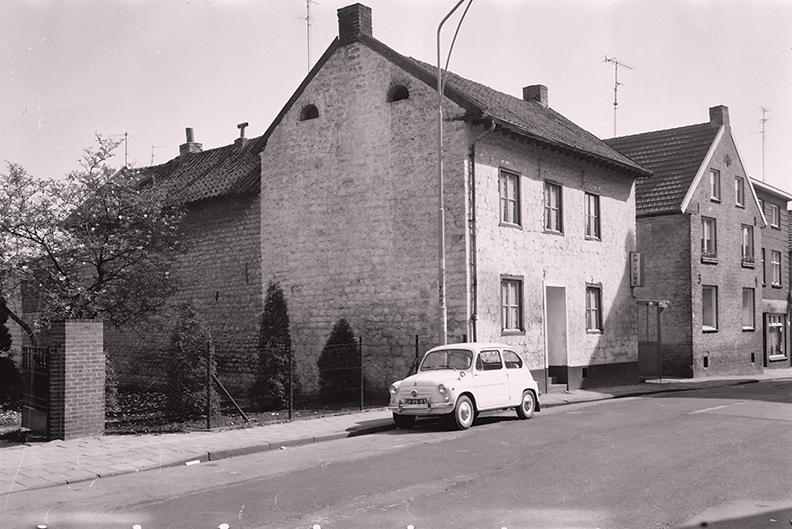
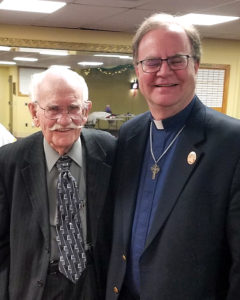
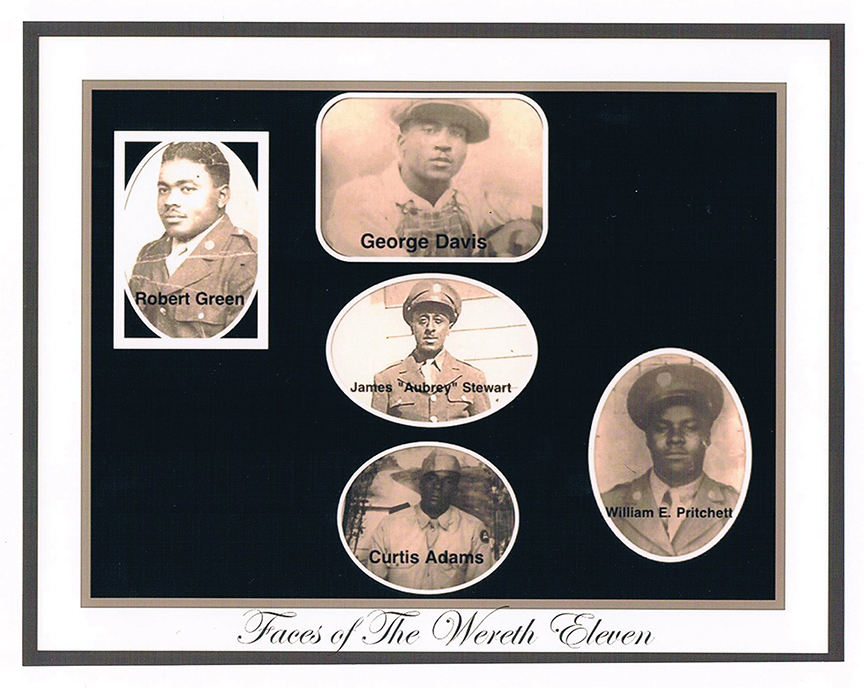
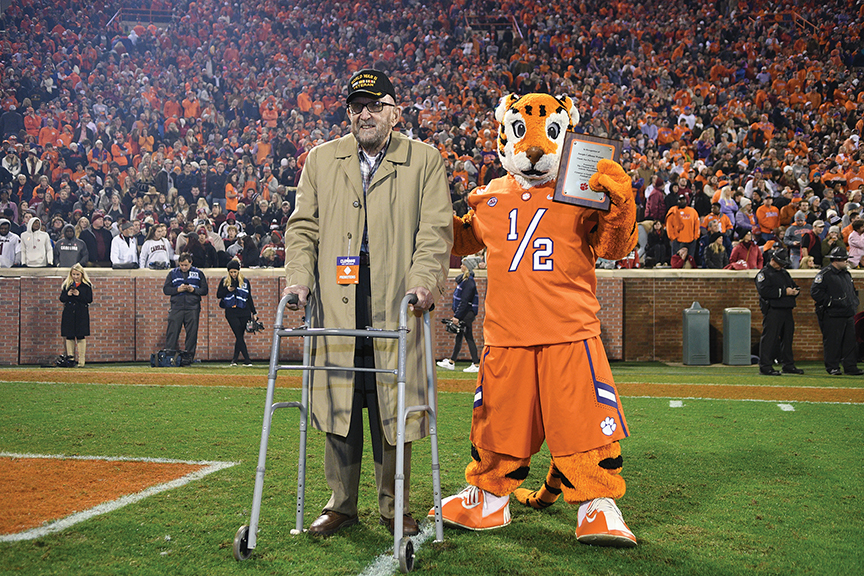
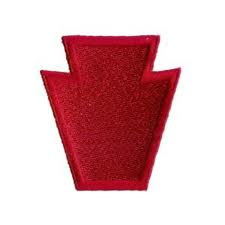
 The Battle of the Bulge Association, Inc. is co-sponsoring the Battle of the Bulge exhibit at the National Army Museum, along with the Grand Duchy of Luxembourg. Luxembourg has already pledged $125,000 for half of the cost of the exhibit. BOBA is raising the other half, so that our name will be on the exhibit and will create more awareness about BOBA.
The Battle of the Bulge Association, Inc. is co-sponsoring the Battle of the Bulge exhibit at the National Army Museum, along with the Grand Duchy of Luxembourg. Luxembourg has already pledged $125,000 for half of the cost of the exhibit. BOBA is raising the other half, so that our name will be on the exhibit and will create more awareness about BOBA.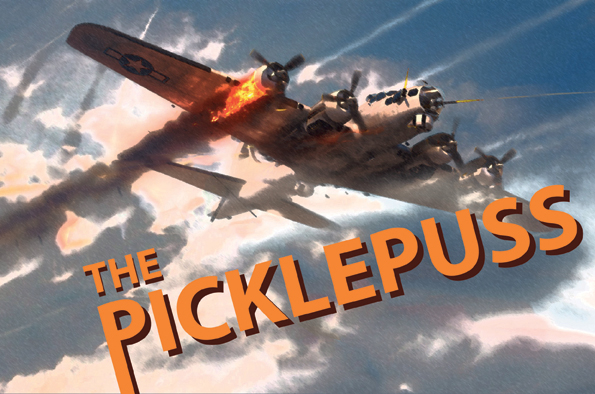
 The WWII 83rd Infantry Division Association will hold their 72nd Reunion on August 1-5, 2018 at: Verve Crowne Plaza, 1360 Worcester St., Natick, MA 01760. Veterans, friends, and families of veterans are welcome.
The WWII 83rd Infantry Division Association will hold their 72nd Reunion on August 1-5, 2018 at: Verve Crowne Plaza, 1360 Worcester St., Natick, MA 01760. Veterans, friends, and families of veterans are welcome.
